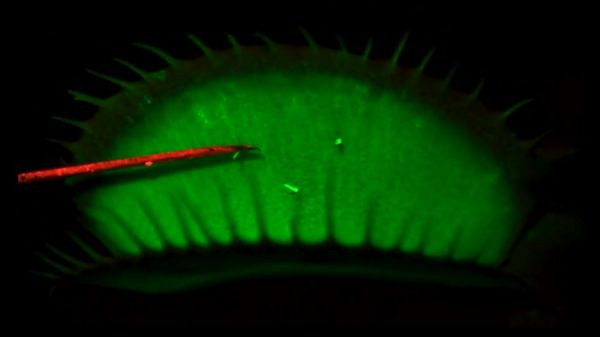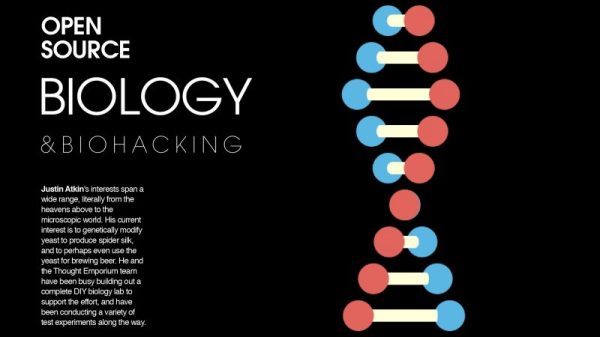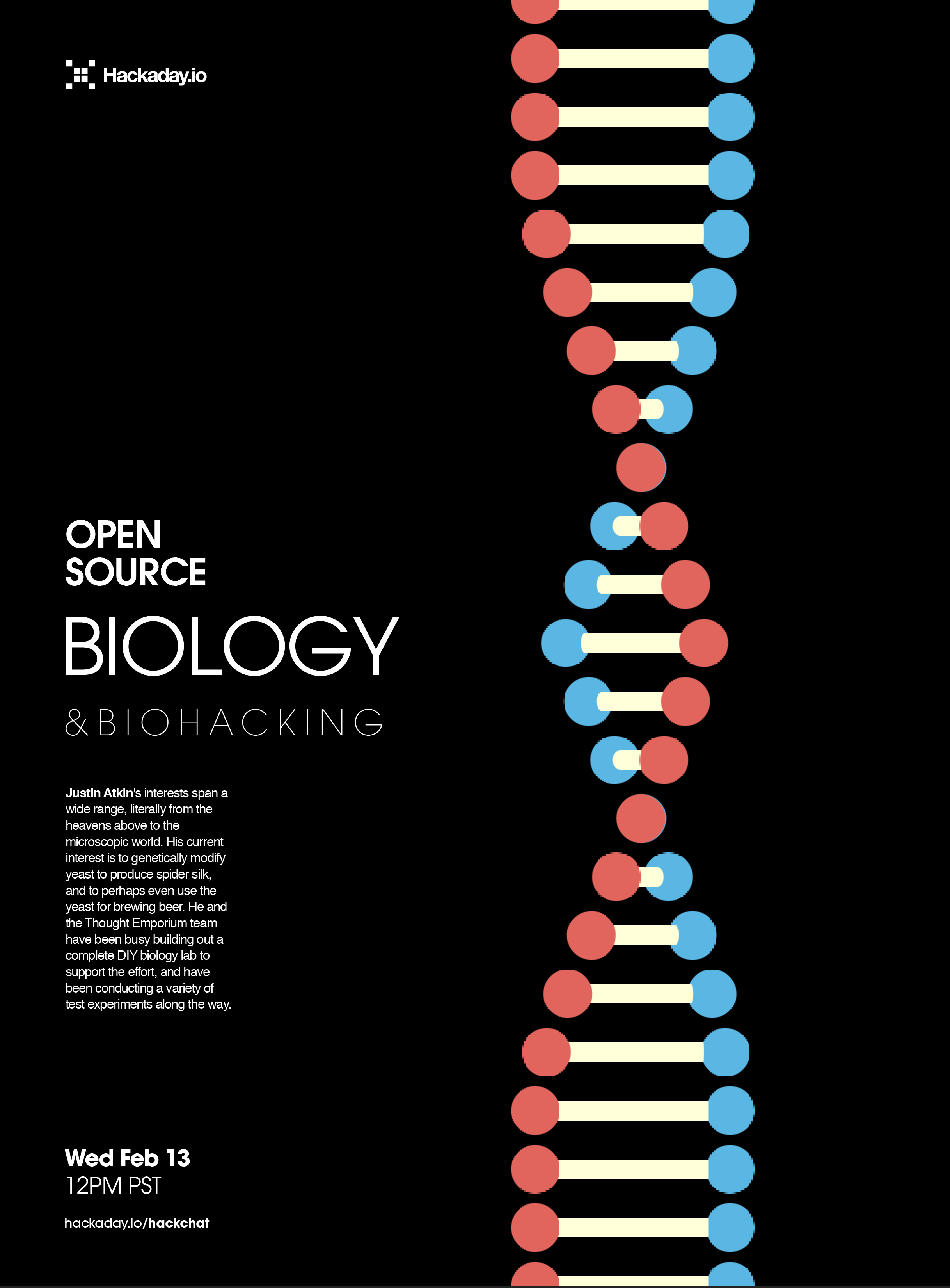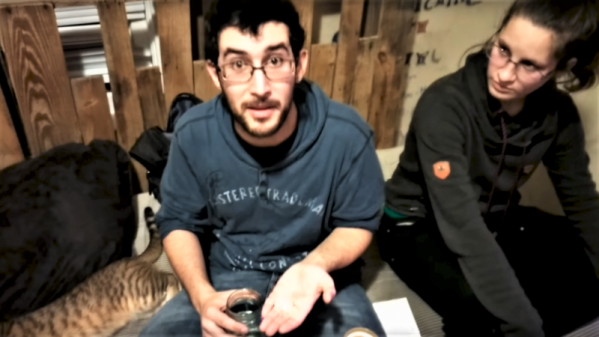Generally when we consider the many plants around us, we imagine them efficiently using the electromagnetic radiation from the Sun via photosynthesis in their leaves — pulling carbon-dioxide from the air, as well as water from the soil via their roots, and grow as quickly as they reasonably can. In reality, the efficiency of this process is less than 10% of the input energy, and the different types of plant metabolisms that have formed over the course of evolution aren’t all the same.
Among the plant metabolisms in use today, some use significantly more efficient carbon fixation pathways, while others end up wasting a lot of the energy they obtained from photosynthesis with unnecessarily complicated processes, especially to deal with waste. How fast plants can grow if they had all evolved the most efficient carbon fixation pathway has been the subject of a number of studies these past decades, involving everything from crop plants to trees.
As these studies are showing us, more than a scientific and evolutionary biological curiosity, these genetically engineered plants offer real opportunities in everything from food production to reforestation.
Continue reading “How To Make A Difference Through Plant Metabolism”




















